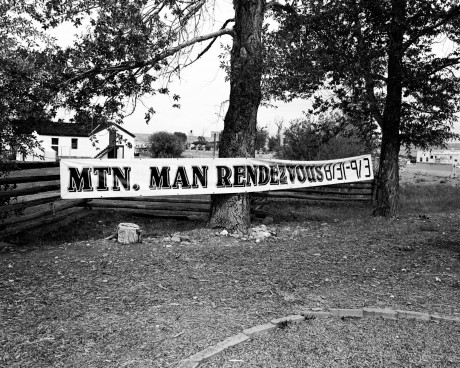
Fort Bridger Rendezvous
SECTION No1 Introduction
From 1825 to 1840, large trading companies (e.g. Hudson’s Bay Company, North West Company, Rocky Mountain Fur Company, American Fur Company, etc.) established annual Mountain Man Rendezvous around the American West. The companies notified trappers of predetermined locations in the spring, to which they sent supply and whiskey laden pack trains and set up large camps or Pop-up villages. Trappers would convene and congregate and “rendezvous” in these temporary townships in order to replenish supplies, meet with friends, party and most importantly, trade/sell their furs—beaver was the fur of choice. At the end of the warm/trading season, the Large Trading Companies would pack up camp and transport the furs back to the East, where they wear sold to hatters—hatters preferred beaver fur for felt making because the tiny barbs on the soft underfur of beaver ensure that it will remain matted when felted, and thus beaver hats held their shape better and wore longer than hats made of other materials.
Native Americans, French Canadians, travelers, native wives, children and various other business folk also took advantage of these large economic gatherings. John Kirk Townsend, a naturalist accompanying a supply train to a rendezvous in 1834 provides the following description:
These people, with their obstreperous mirth, their whooping and howling, and quarreling, added to the mounted Indians, who are constantly dashing into and through our camp, yelling like fiends, the barking and baying of savage wolf-dogs, and the incessant cracking of rifles and carbines, render our camp a perfect bedlam. I am confined closely to the tent with illness, and am compelled all day to listen to the hiccoughing jargon of drunken traders, the sacre and foutre of Frenchmen run wild, and the swearing and screaming of our own men, who are scarcely less savage than the rest, being heated by the detestable liquor which circulates freely among them.”- John; Kirk TownsendThe most typically thought-of Rendezvous (i.e. largest, and O.G.) was held annually by the Rocky Mountain Fur Company (and later the American Fur Company, after the dissolution of the RMFC) from 1825 until 1840 in various locales around Wyoming—in fact, this time frame reflects the lifespan of the Rendezvous Tradition in general. Mountain men first established the fur trade in the 1810s but by the early 1840s the fur trading companies were in shambles and the prominence, importance and institution that was Mountain Man was coming to an end. Thanks almost entirely to dwindling animals populations a result of over harvesting, over trapping, and over hunting. Rapid expansion and settlement into the West also limited the need for temporary rendezvous, as supply trains were better established and permanent settlements more common.
Originally a fur trading outpost established in 1842, Fort Bridger11Often called the “Daniel Boone of the Rockies,” the fort’s namesake Jim Bridger was one of the most storied figures in early American Wyoming history. would become known as a key resupply point for pioneers traveling west on various major routes like the Oregon, California, and Mormon Trails. Located on the Blacks Fork of the Green River in southwest Wyoming, the Army also established a post in Fort Bridger (in 1852) which was manned through the Utah War22A conflict in 1857-58 between Mormon settlers of the Utah Territory and the United States. up until 1890. As of the 2010 Census, Fort Bridger has a population of 345. The original Pony Express station and a Mormon Defensive Wall (built by Mormons) are both still standing, and are a part of the Fort Bridger State Historic Site.
Today’s Fort Bridger Rendezvous (established 1972 and operated by the Fort Bridger Rendezvous Association) is an annual reenactment of the original events set up by the various trading companies, and despite starting with only a handful of people, now attracts thousands of visitors every year (the rendezvous is open to the public) in addition to hundreds of merchants. Recreationally, the rendezvous hosts various competitions (black powder rifle shooting, archery, tomahawk throwing) and entertainment (Native American dancing, story telling, magic shows) as well as the continued, traditional economic activity with merchants selling only products pre-dating (or replicas of products pre-dating) 1840.
SECTION No2 An Abridged Guide to Activities at the Ft. Bridger Rendezvous
Tent City
- Only PCs are allowed to stay in the Fort’s walls at night. Non-PC (both participants & attendees) stay in the “tin tepee” zone otherwise known as the RV/Camper campground.
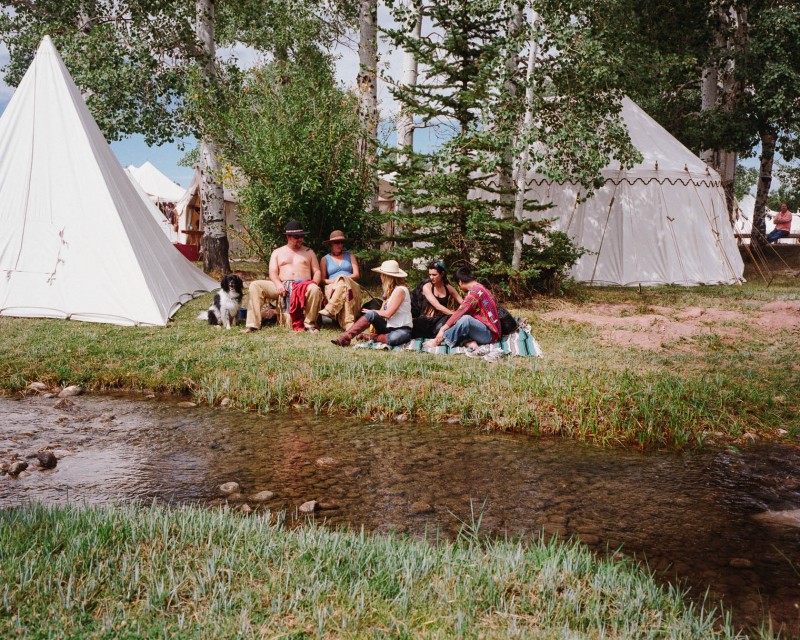
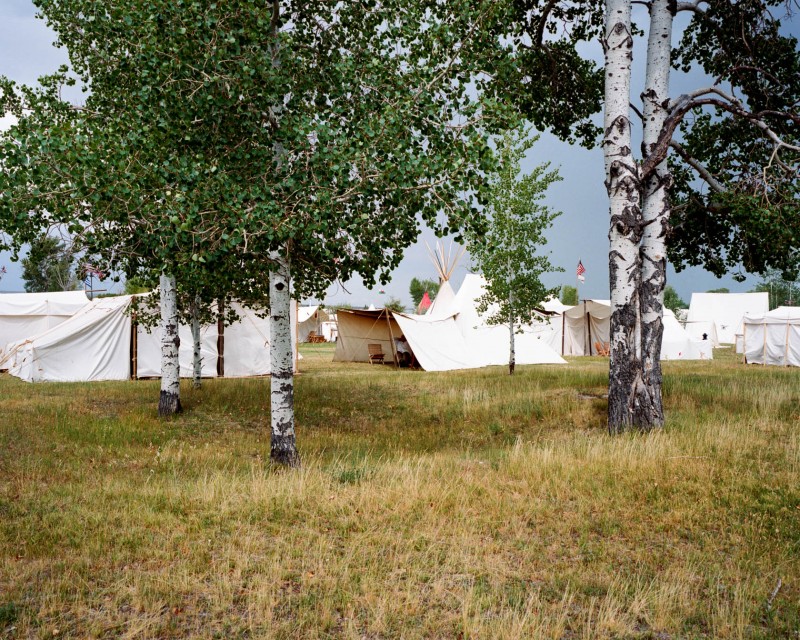
Mercantile and Bartering
- The Traders appreciate the regs and rednecks and vacationers and cultural tourists and comic-con types and LARPers because they spend money.
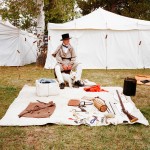
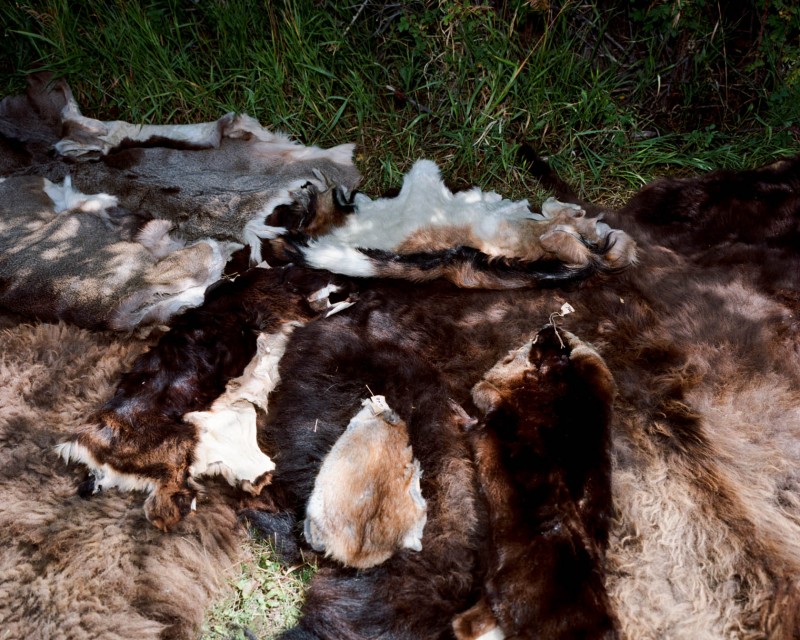
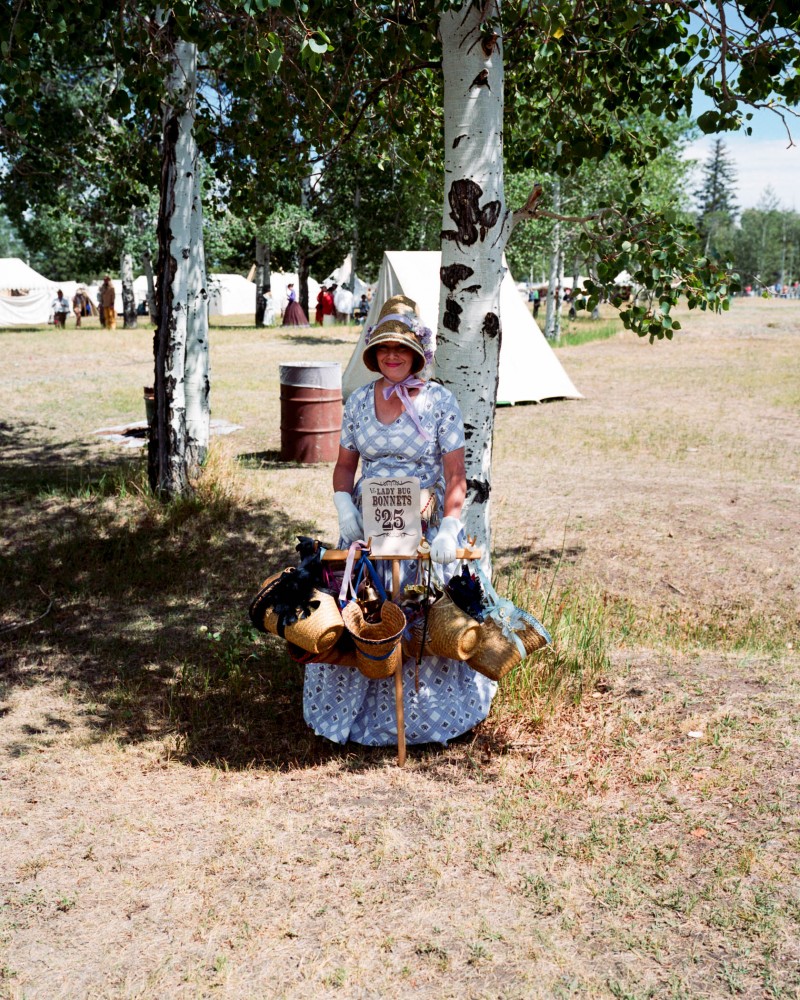
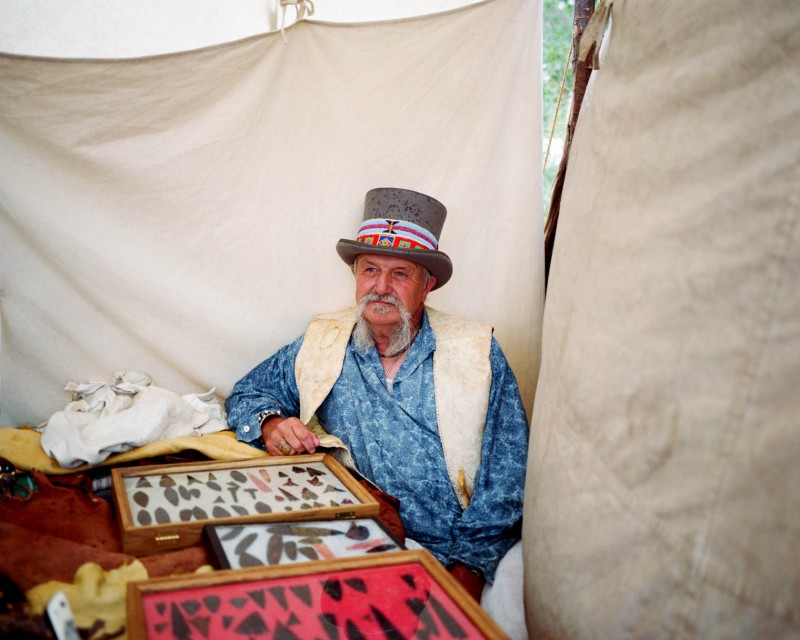
Native American Dancing
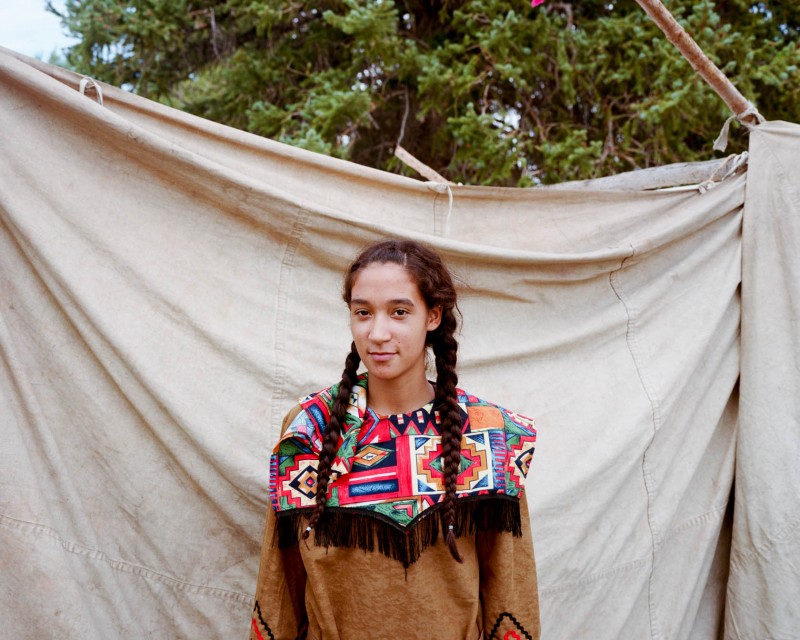
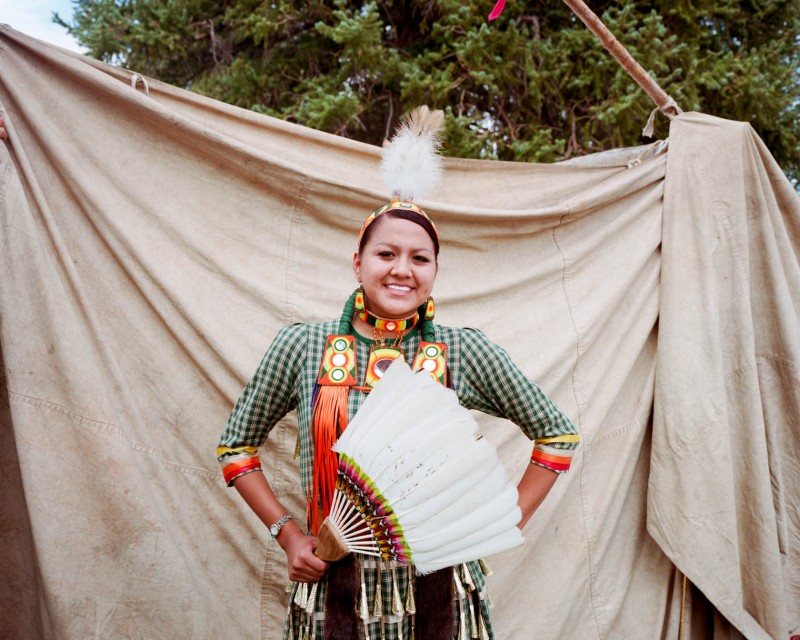
Black Powder Rifle & Muzzle Loader Shooting
- Rifles crack and smoke. They go off in hour-long sessions every other hour all day long. A lot of shit is going off, bells, chants, rifles, the twang of bows, hatchets swishing, the sound of just-tossed frying pans landing in the dirt, etc. Shit is getting shot, thrown, tossed, targeted, tamped, skinned, melted, hewn, drawn, filtered and tied-up all day long.
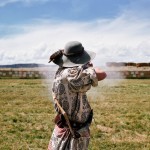
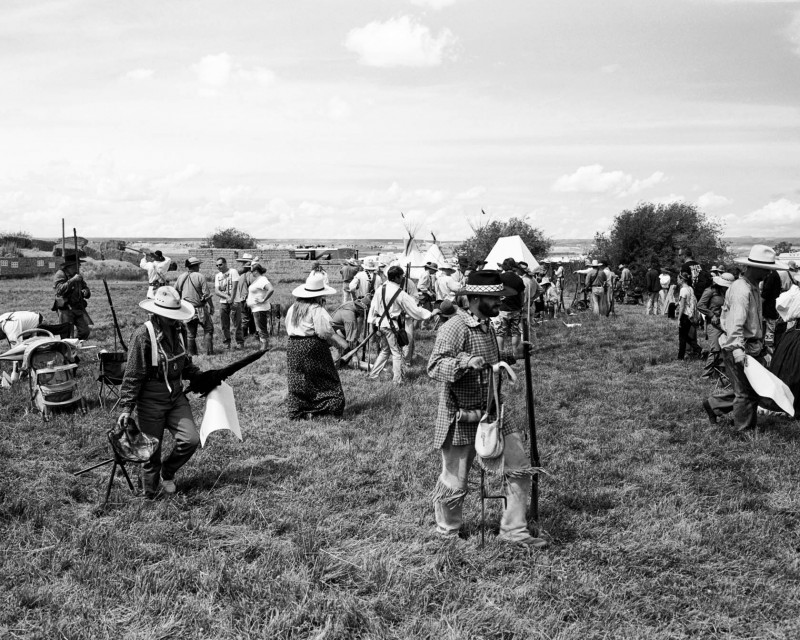
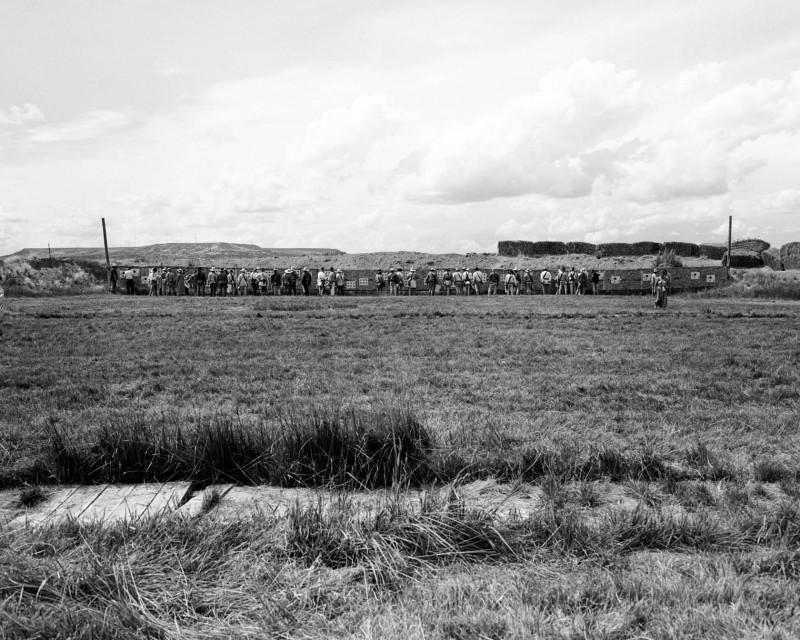
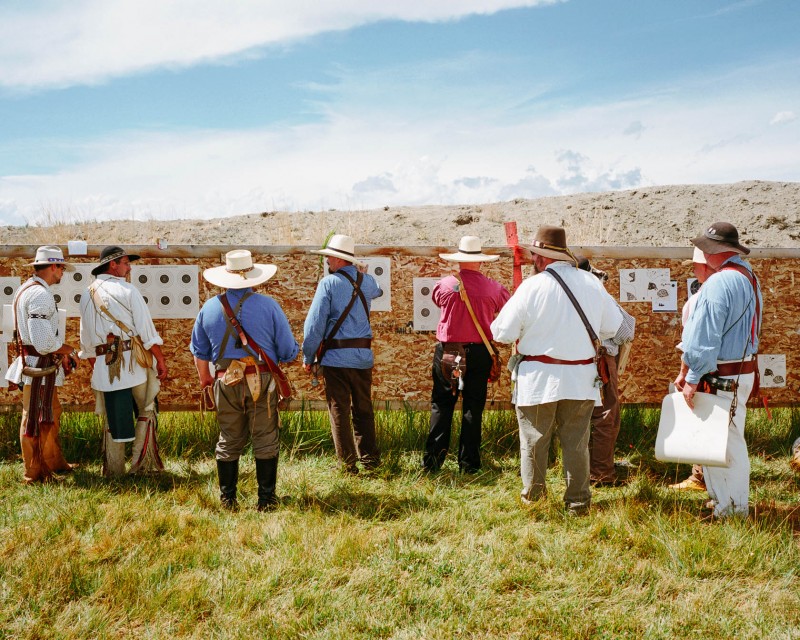
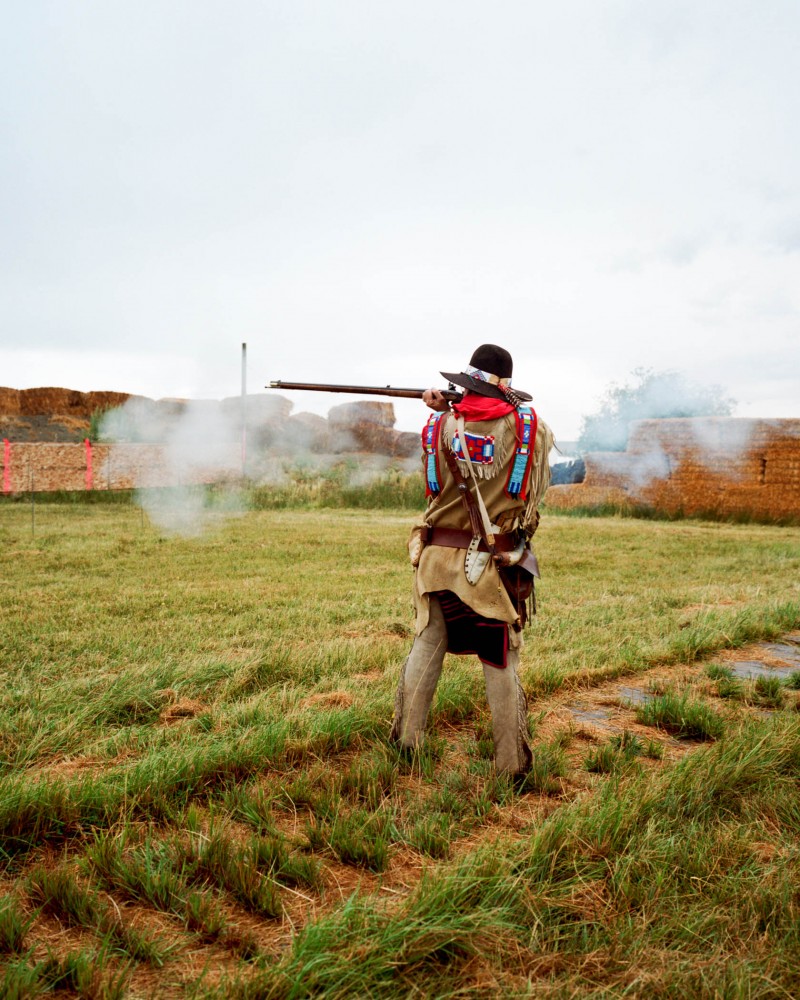
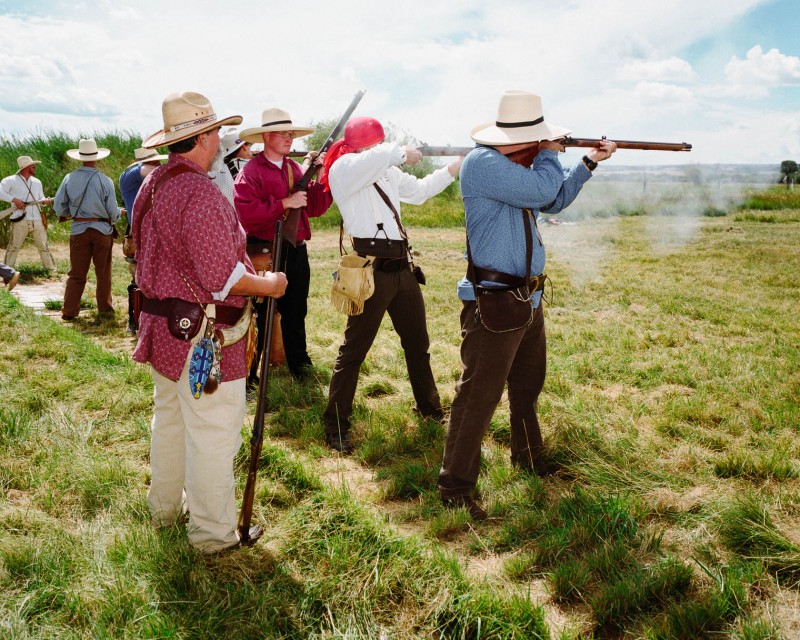
Archery
- “When Daniel Boone ventured into the unmapped wilderness of what we now call Wyoming, Colorado, Montana, etc. He may have had to scrutinize the brackish offerings of a meadow pond. Reasoning from his past experience while judging the waters scent, color, and orientation in consideration against the lay of the land and the possibilities of a better and safer source. Everything would have been more difficult then for the most savvy of woodsmen times were not easy and dysentery, pink eye, and countless other afflictions were the lampreys of the hunters sojourn.”—KVH, author of The Modern Mountain Man
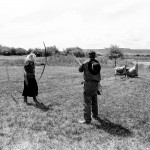
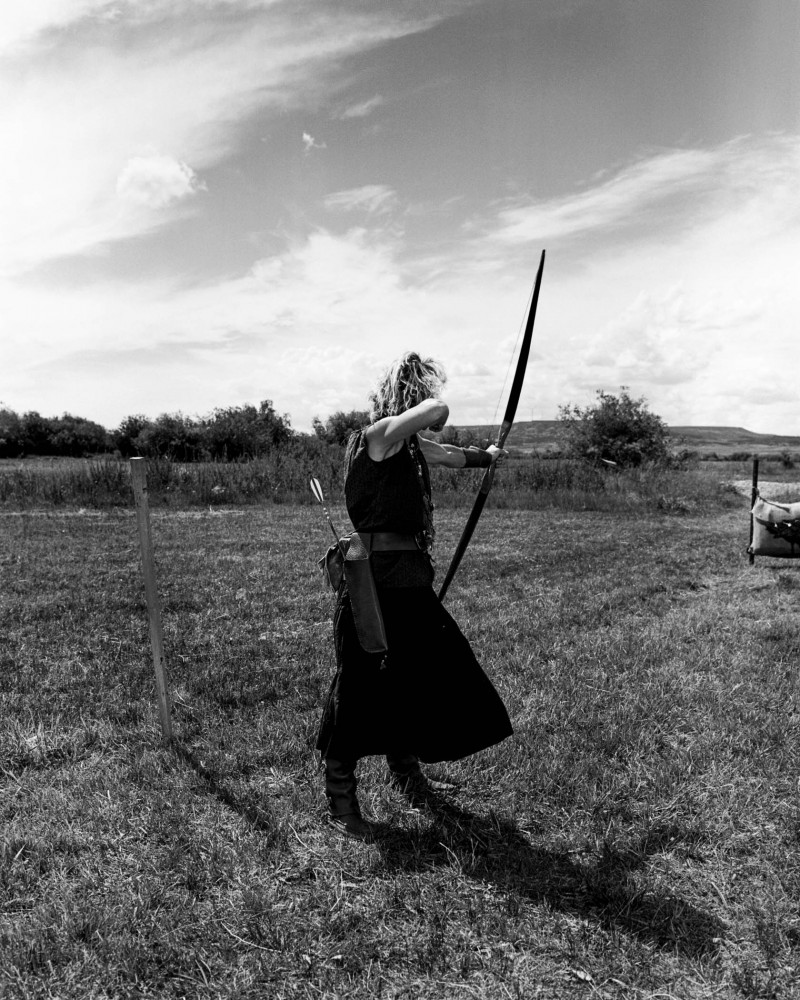
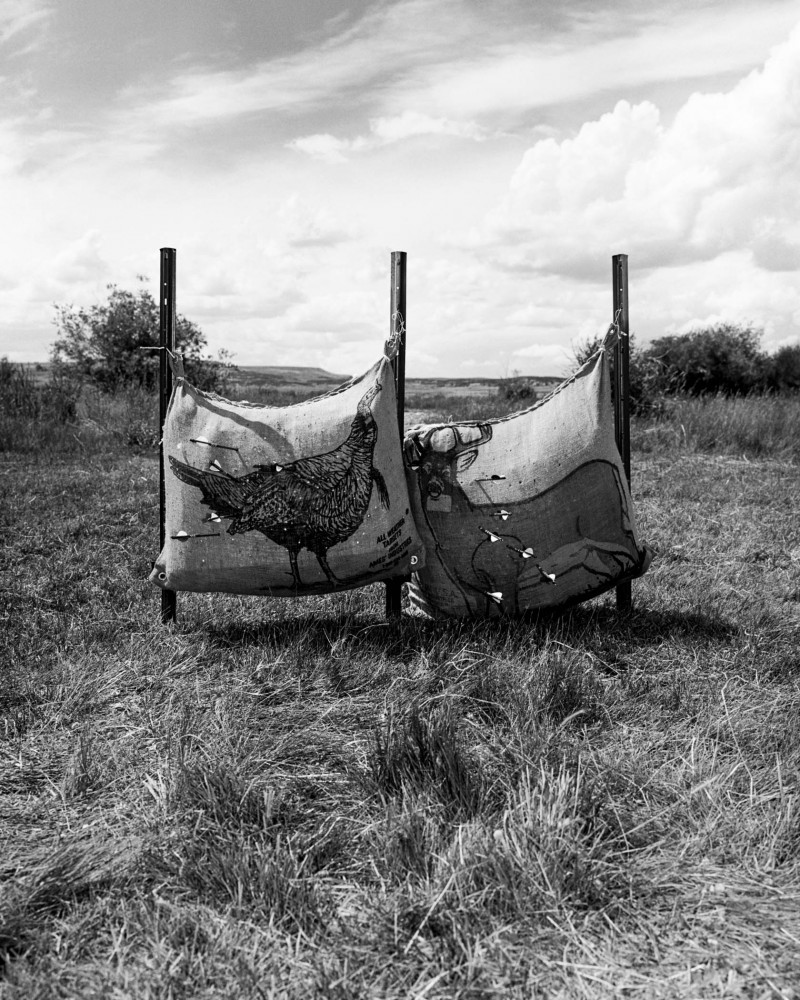
Hawking
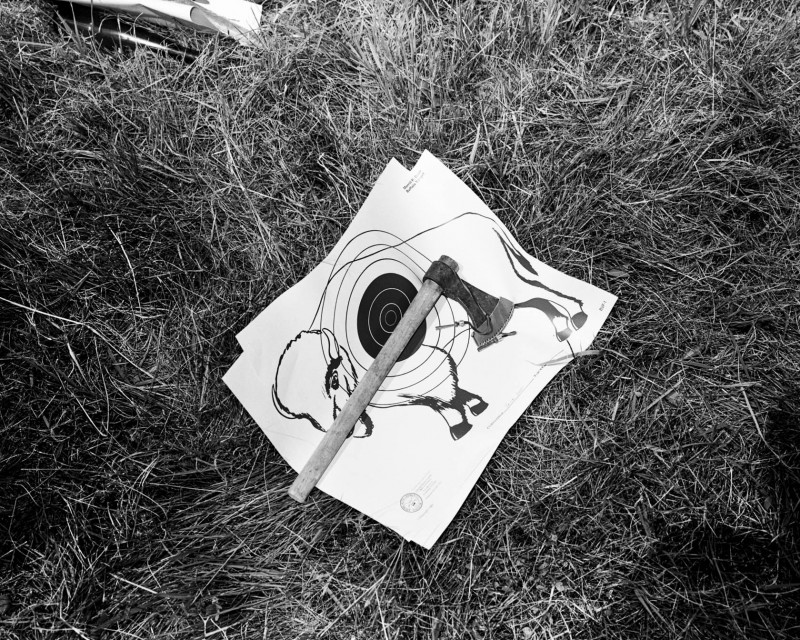
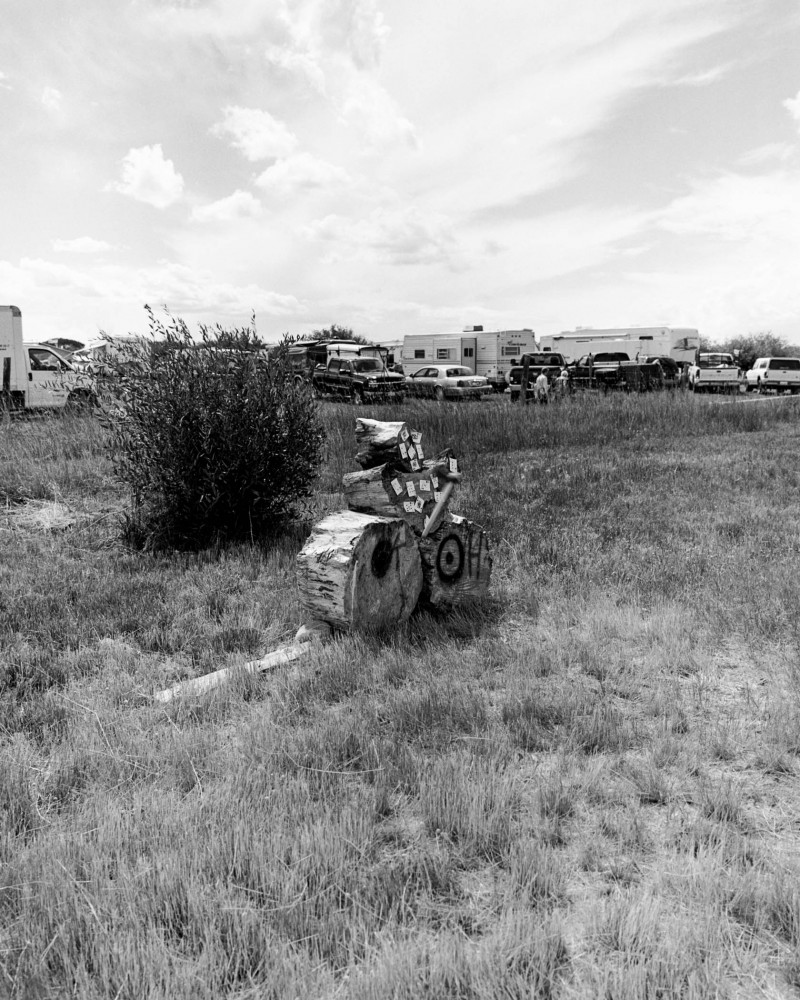
Frying Pan Toss
- Think javelin or shot put or caber toss but with a Griswold #12 Cast Iron Skillet.
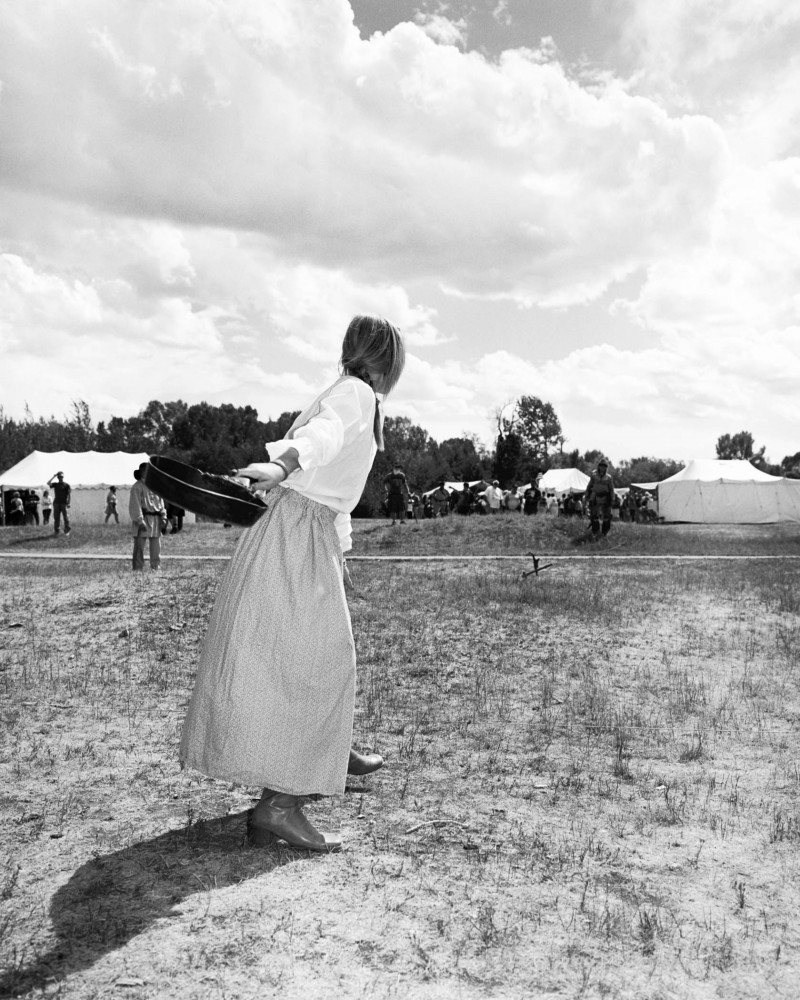
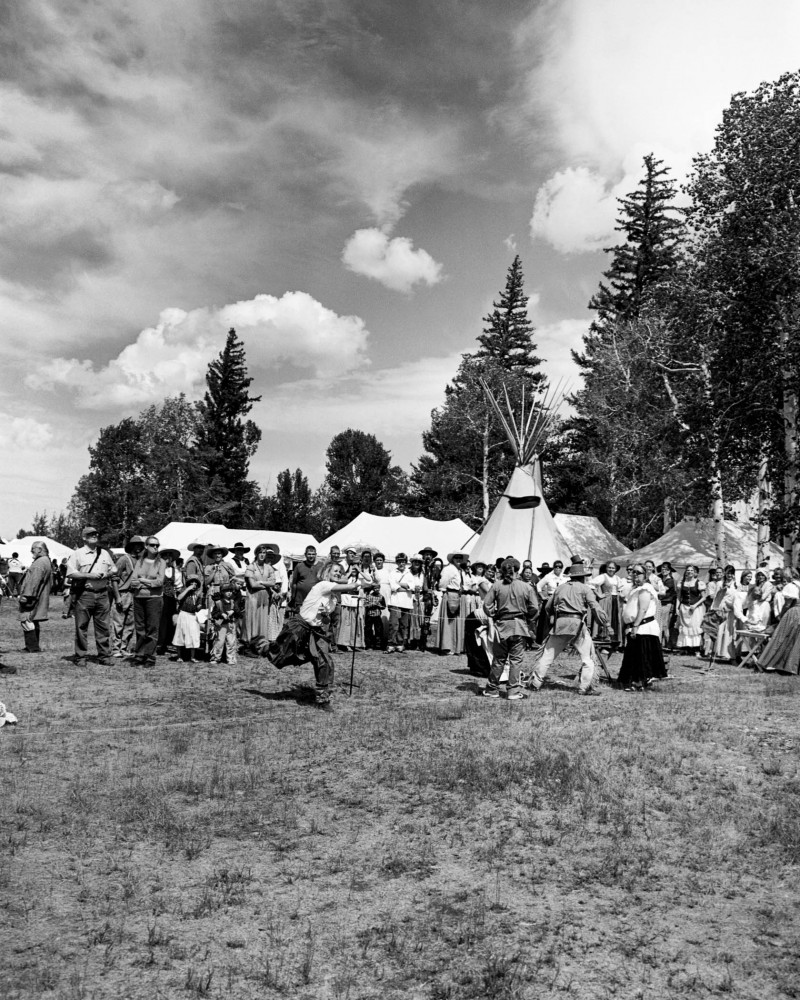
Candy Cannon
- So basically each day at a designated time three or four miniature cannons (sometimes they’re like old school mortars) are loaded up with thousands of pieces of salt water taffy candies, or similar, and pointed into a field, in which field EVERY kid at the Rendezvous is lined up and anxiously awaiting the order to be given, e.g., the clock strikes 10:00am, the fuzes are simultaneously lit, a few seconds later the canons go boom and erupt, showering the kids with candy and smoke and possibly little bits of waded paper.
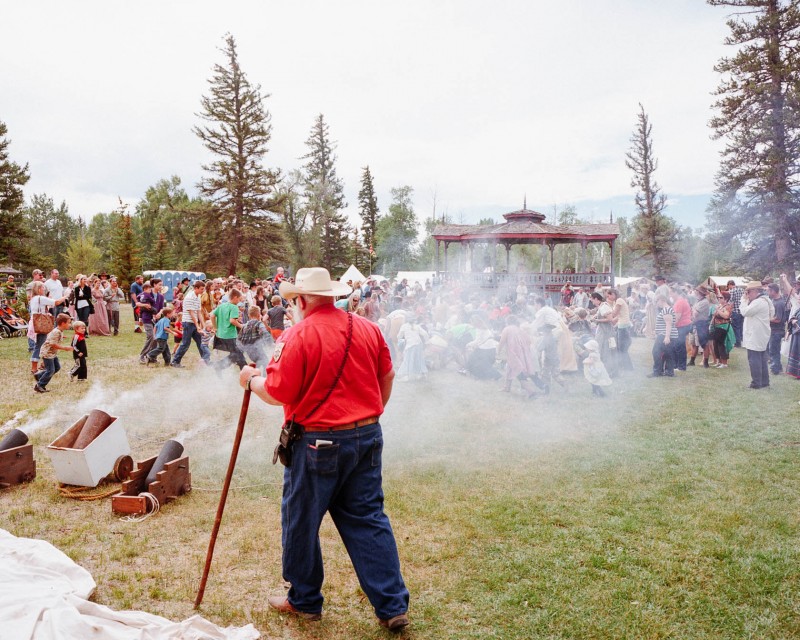
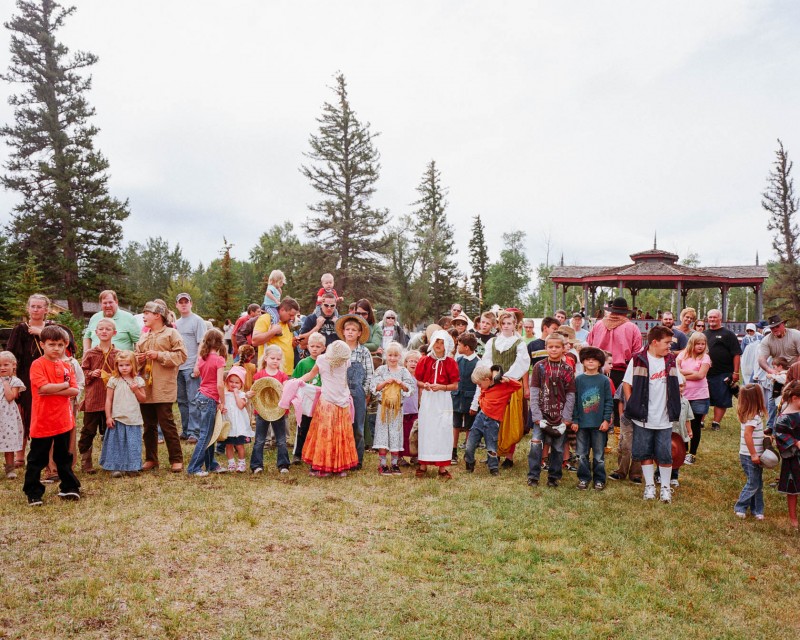
Friendly Gatherings
- State regulations strictly prohibit the consumption of alcohol at the Rendezvous.
- Rendezvous were known to be lively, joyous places, where all were allowed- free trappers, Indians, native trapper wives and children, travelers and later on, even tourists who would venture from even as far as Europe to observe the festivities.
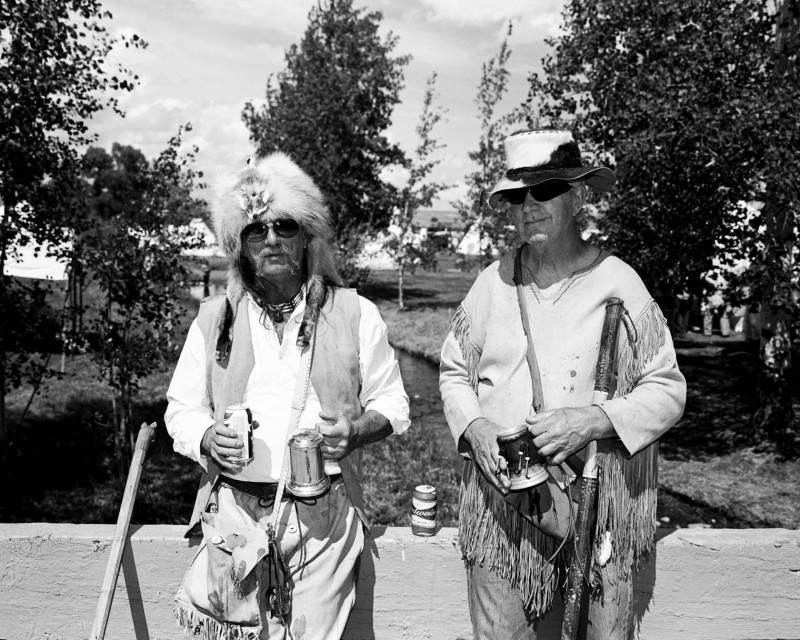
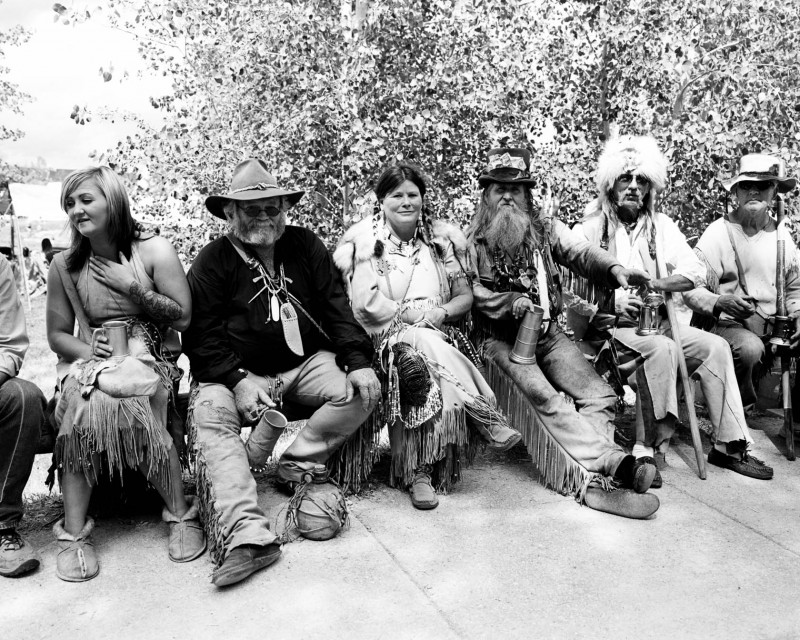
SECTION No3 A Visual Guide to the Attendees of the Ft. Bridger Rendezvous
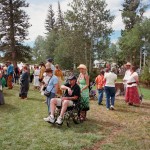
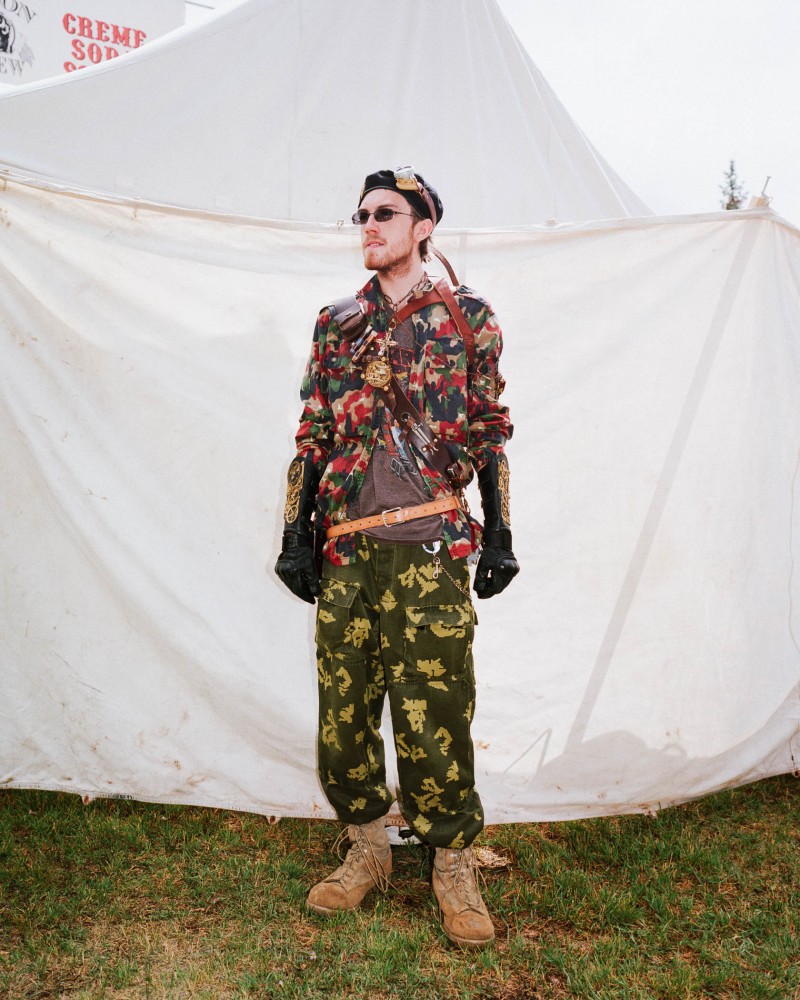
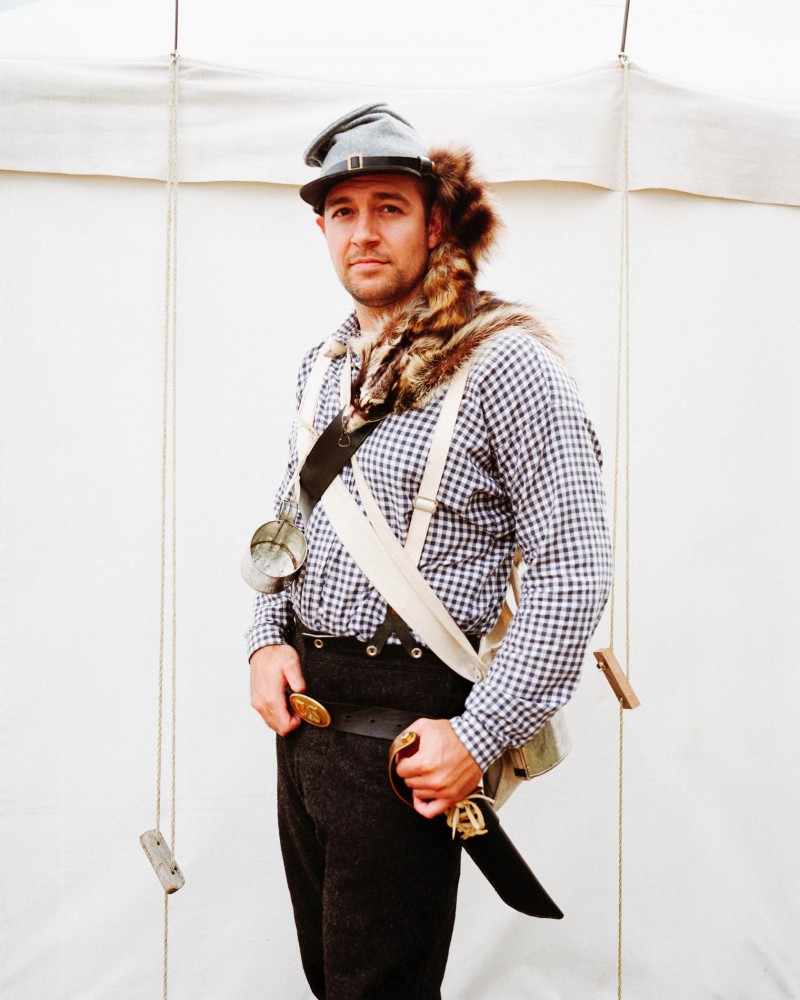
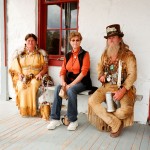
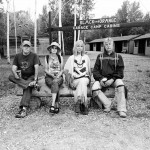
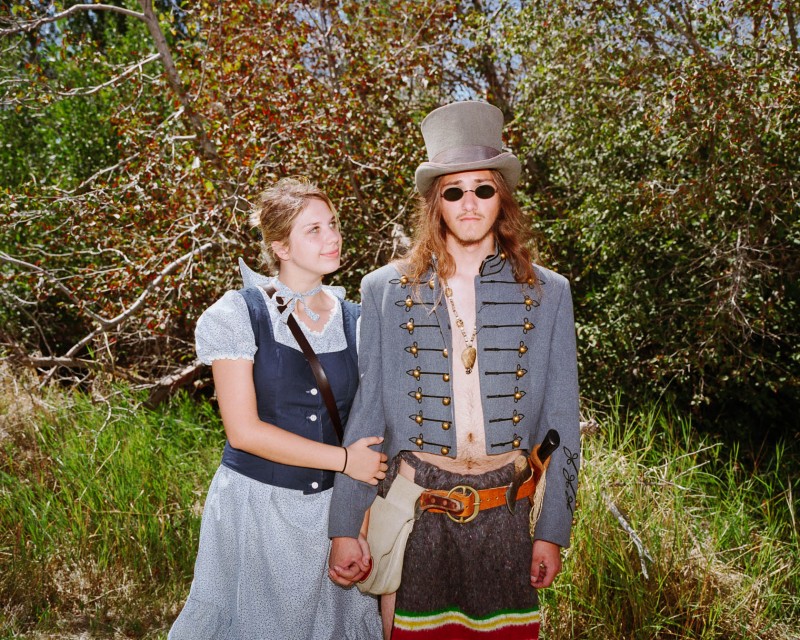
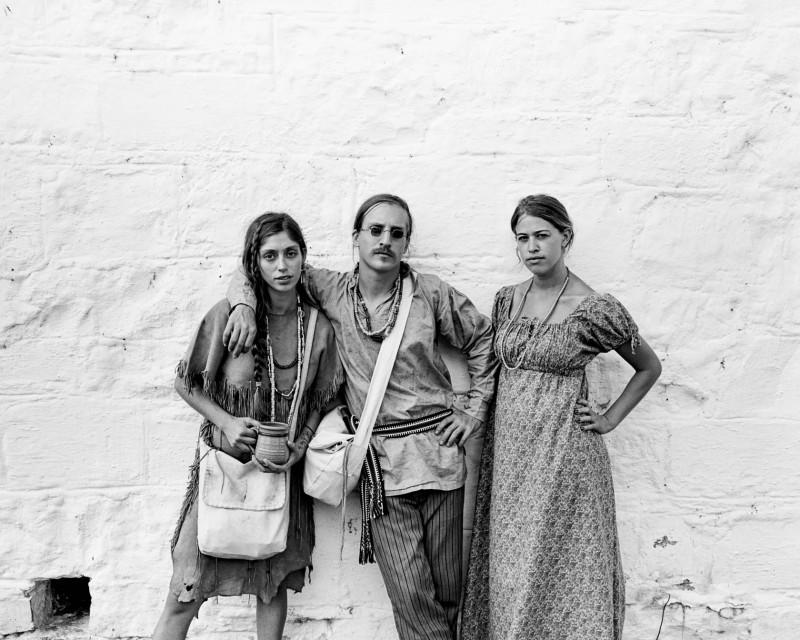
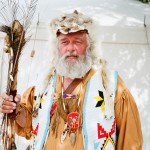
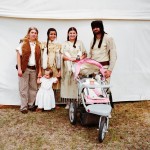
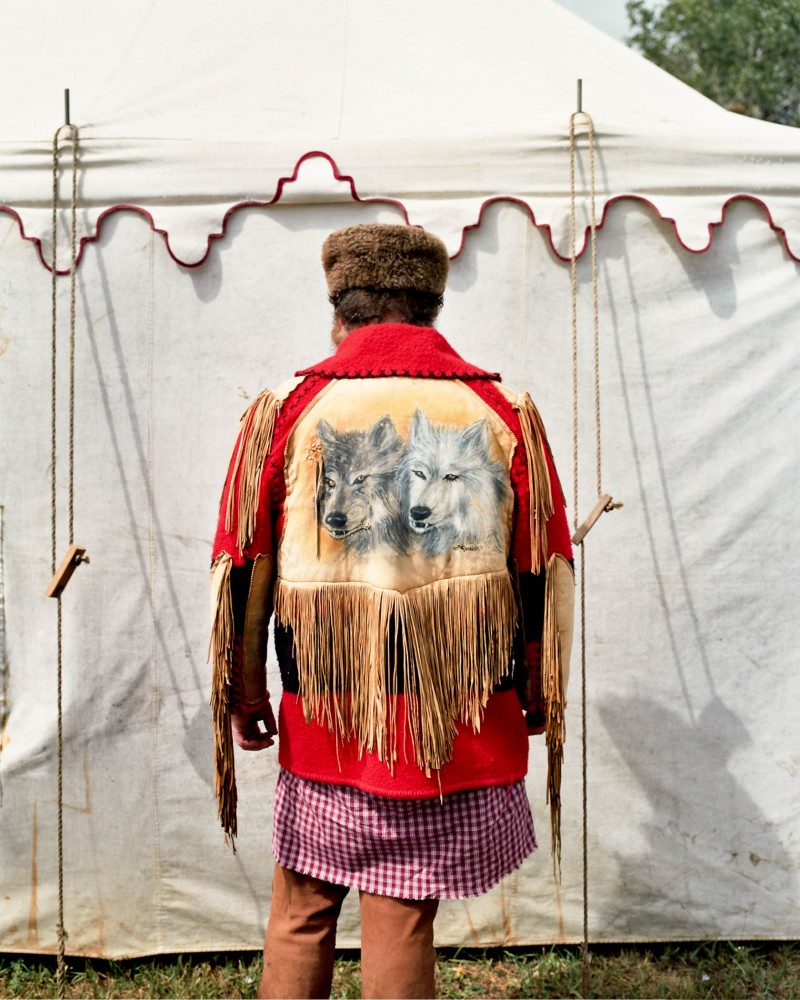
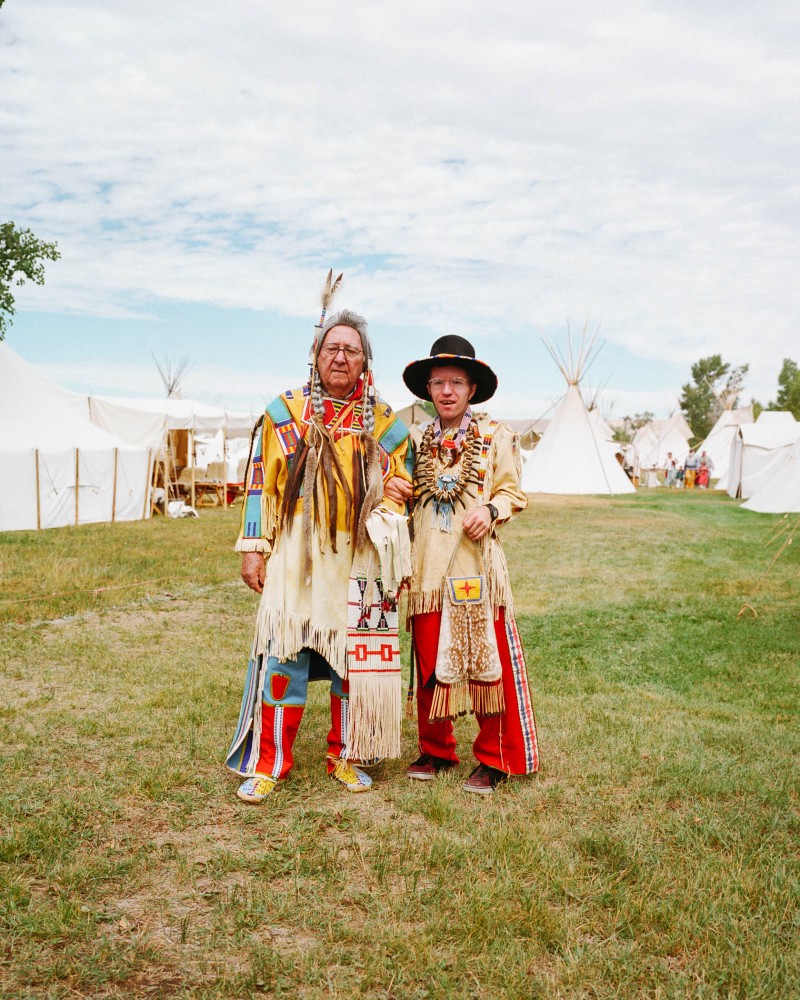
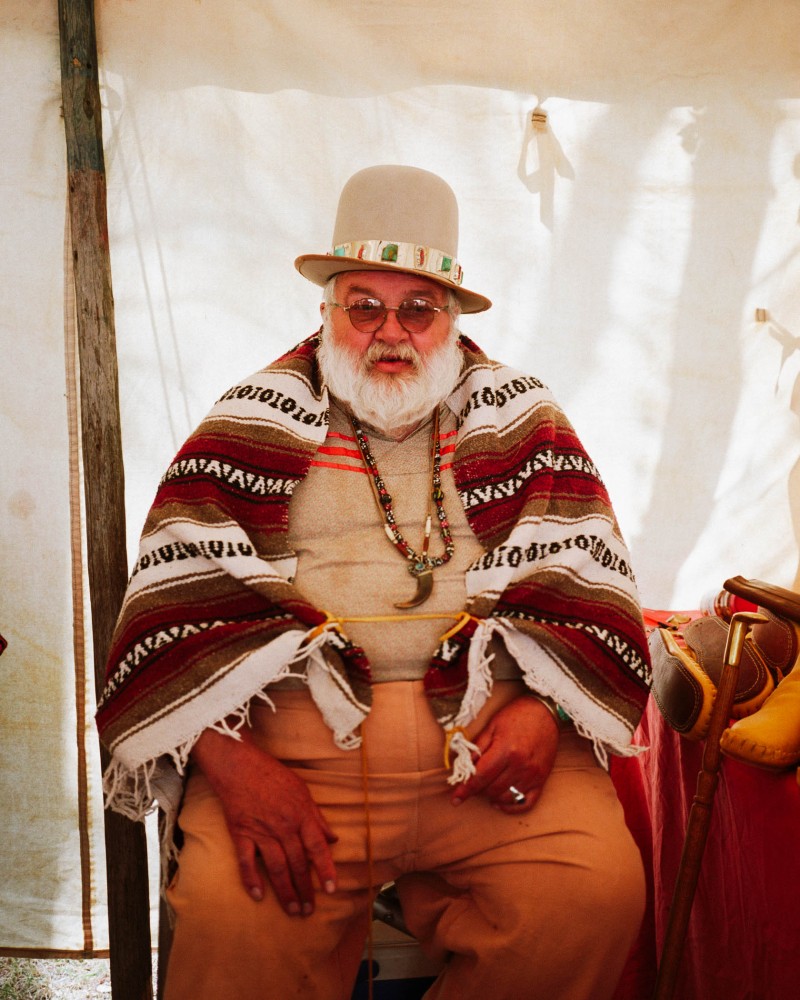
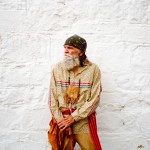
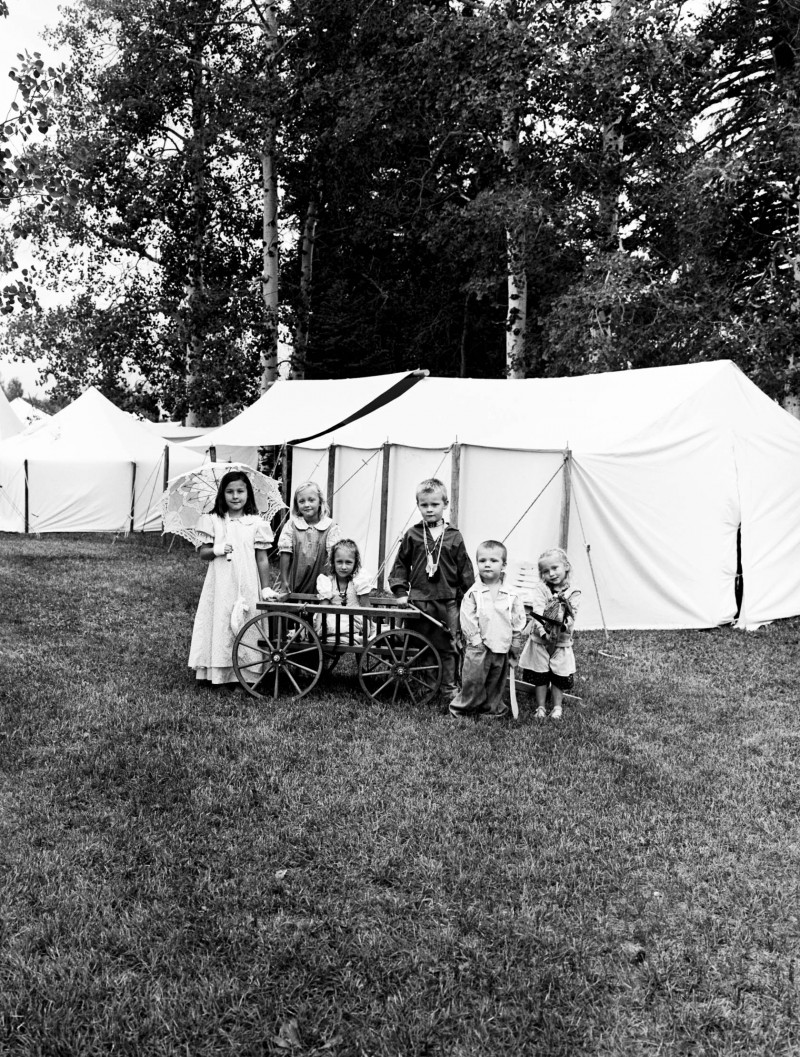
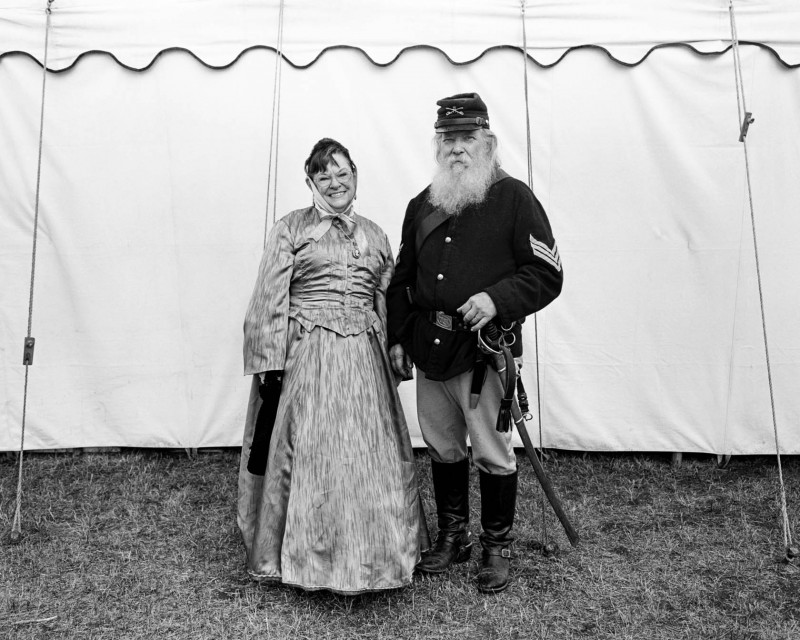
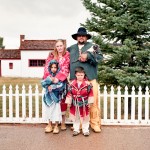
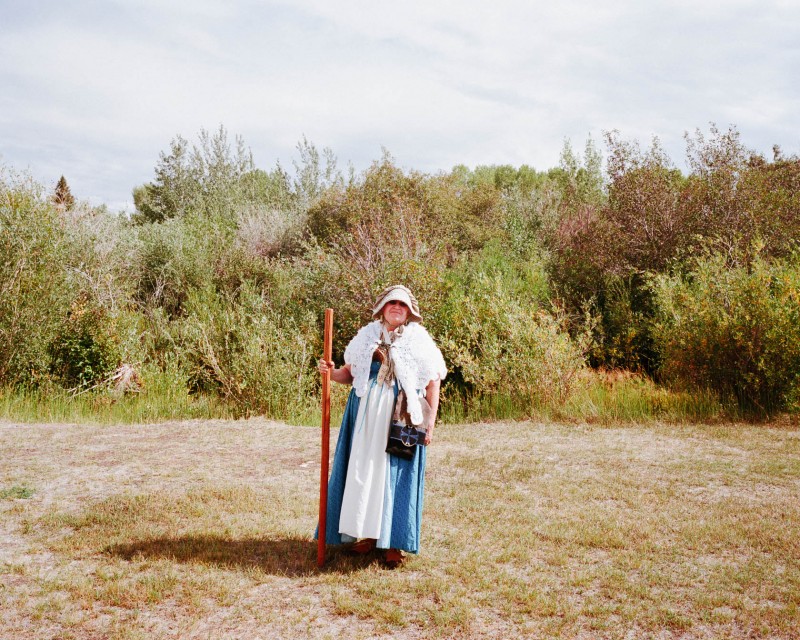
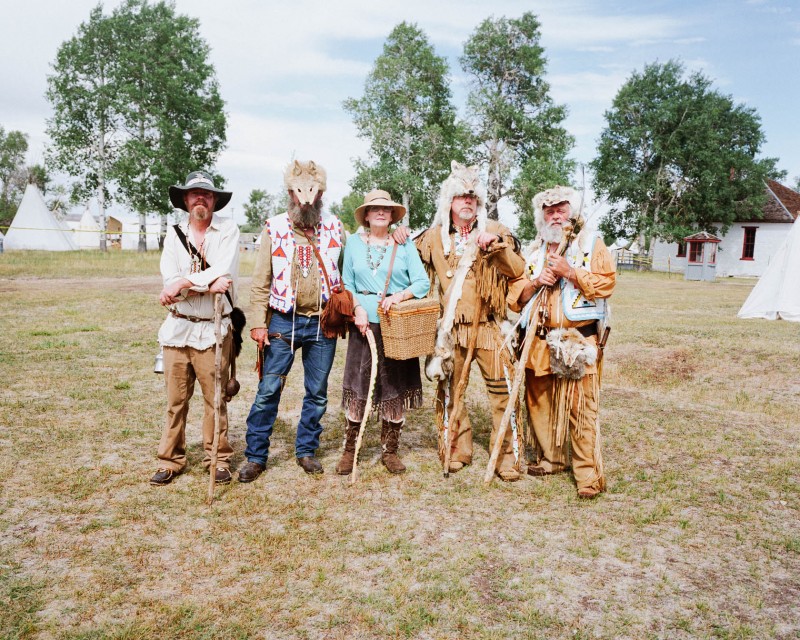
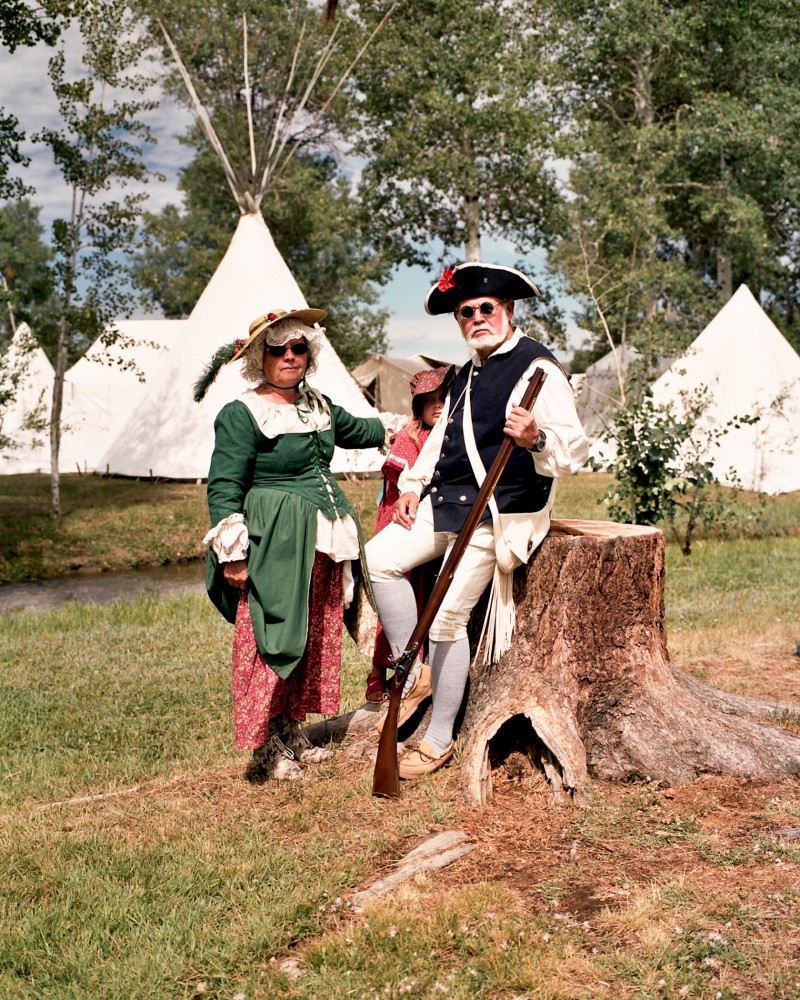
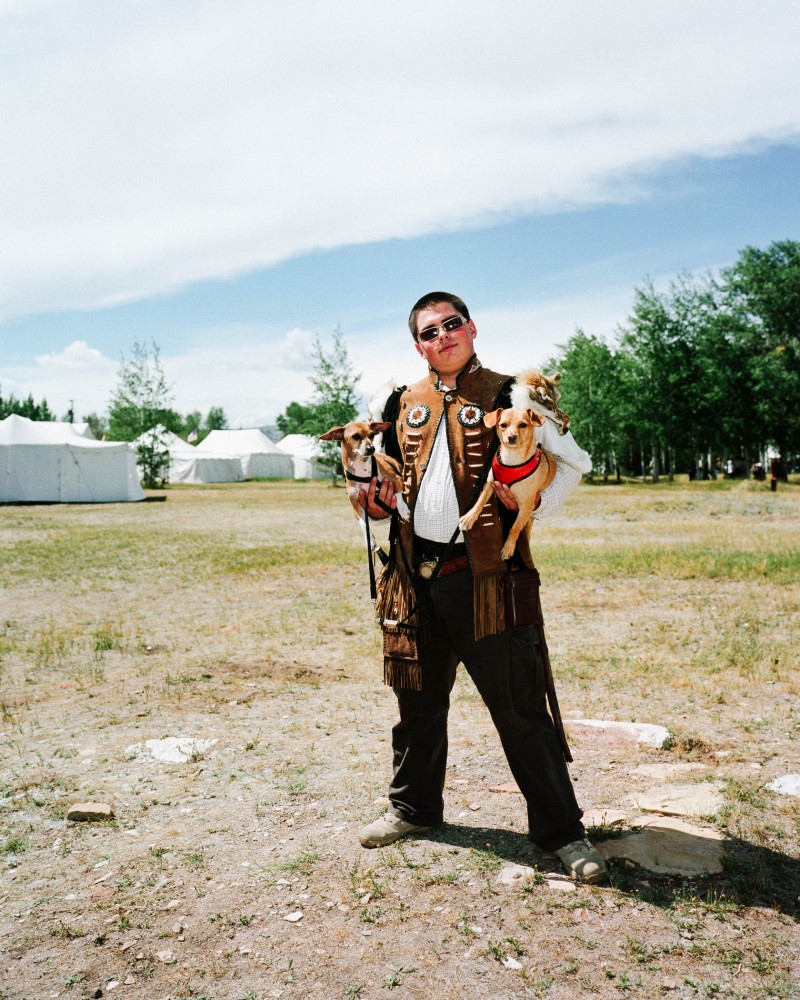
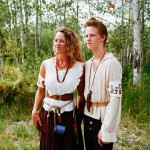
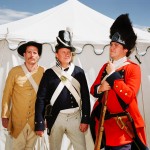
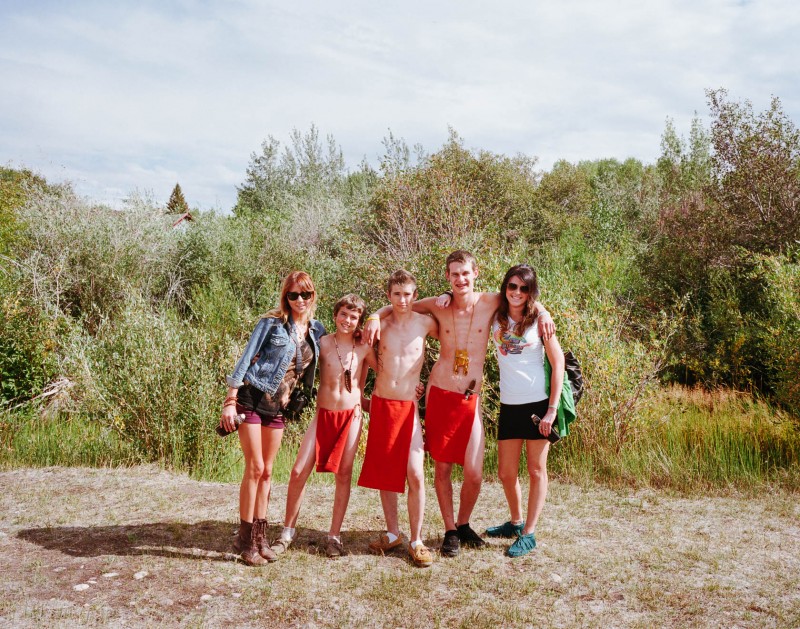
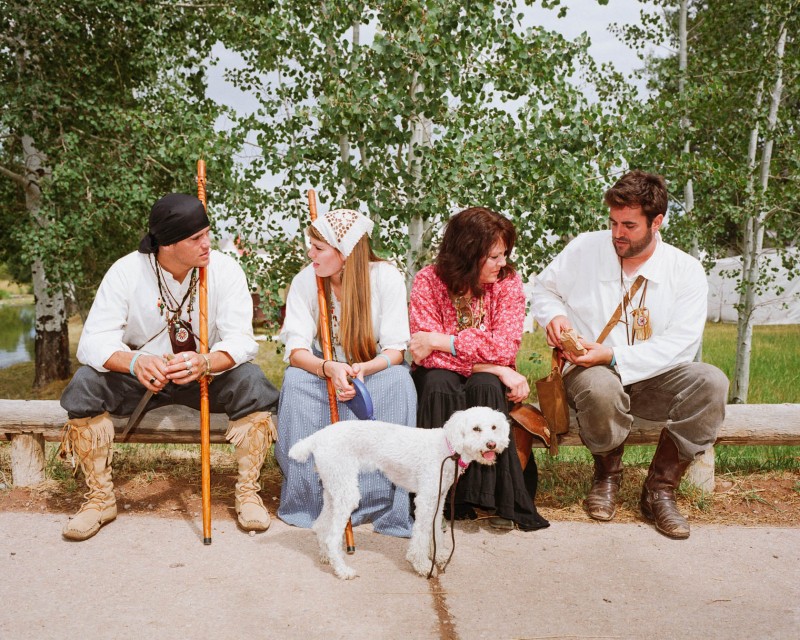
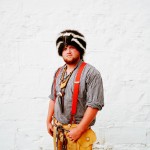
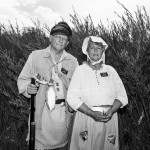
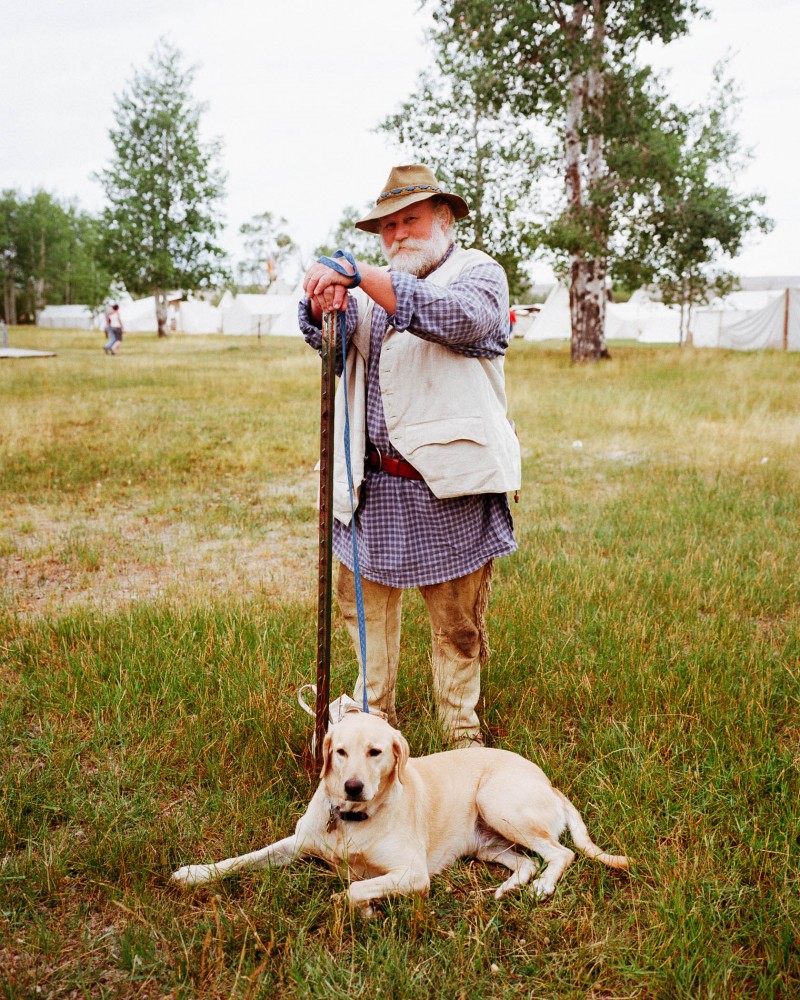
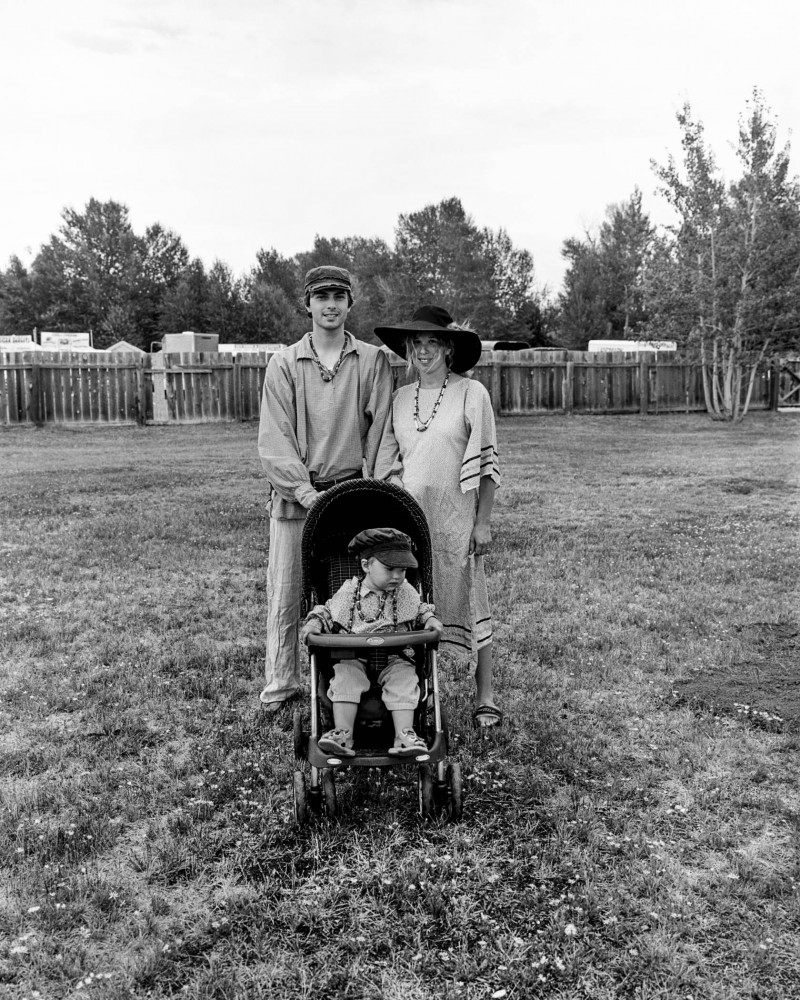
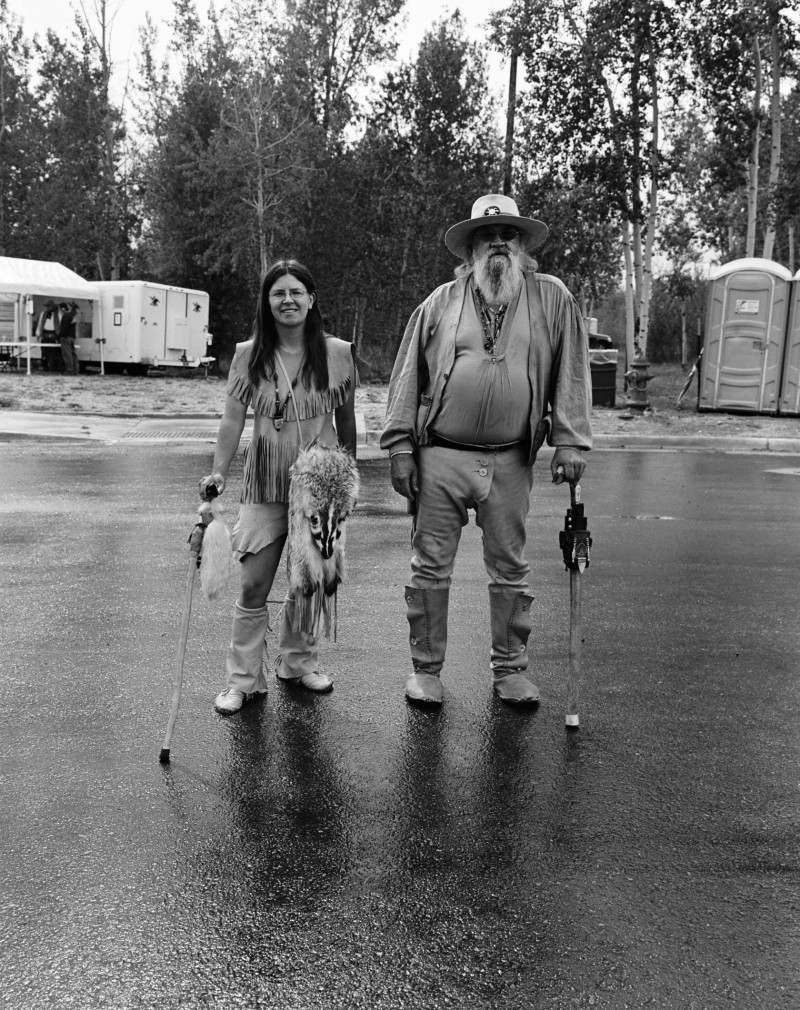
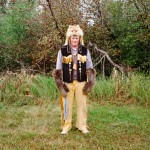
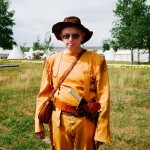
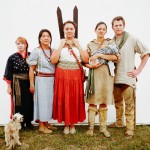
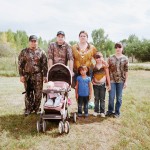
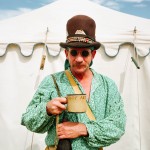

 PROJ Y Casting
PROJ Y Casting  PROJ Y WOF
PROJ Y WOF  Lunar Bikepacking
Lunar Bikepacking  Prospectus
Prospectus  The Dead Reckoning Book
The Dead Reckoning Book  starter pack
starter pack  Bikepacking 101
Bikepacking 101  Dead Reck is Dead
Dead Reck is Dead  Introduction
Introduction  Day 01
Day 01  Day 02
Day 02  Introduction
Introduction  Day 01
Day 01  Day 02
Day 02  Day 03
Day 03  Introduction
Introduction  Day 01
Day 01  Day 02
Day 02  Day 03
Day 03  Day 04
Day 04  Day 05
Day 05  Day 06
Day 06  Introduction
Introduction  Day 01
Day 01  Day 02
Day 02  Day 03
Day 03  Day 04
Day 04  Introduction
Introduction  Day 01
Day 01  Day 02
Day 02  Day 03
Day 03  Introduction
Introduction  Day 01
Day 01  Day 02
Day 02  Day 03
Day 03  Introduction
Introduction  Day 00
Day 00  Day 01
Day 01  Day 02
Day 02  Day 03
Day 03  Day 04
Day 04  Instagram Symposium
Instagram Symposium  Introduction
Introduction  Day 00
Day 00  Day 01
Day 01  Day 02
Day 02  Day 03
Day 03  Day 04
Day 04  Day 05
Day 05  Day 06
Day 06  Day 07
Day 07  Introduction
Introduction  Day 00
Day 00  Days 01-02
Days 01-02  Day 03
Day 03  Day 04
Day 04  Day 05
Day 05  Day 06
Day 06  Days 07-08
Days 07-08  Day 09
Day 09  Lord Nerd Beta
Lord Nerd Beta  Base Camp: Motel on Carroll, Dunedin
Base Camp: Motel on Carroll, Dunedin  Day 01: Dunedin to Danseys Inn
Day 01: Dunedin to Danseys Inn  Day 02: Danseys Pass to Ida Railway Hut
Day 02: Danseys Pass to Ida Railway Hut  Day 03: Ida Railway Hut to Omarama Pass
Day 03: Ida Railway Hut to Omarama Pass  Day 04: Omarama to Huxley Forks
Day 04: Omarama to Huxley Forks  Day 05: Huxely Forks to Brodrick Pass
Day 05: Huxely Forks to Brodrick Pass  Day 06: Brodrick Pass to Wanaka
Day 06: Brodrick Pass to Wanaka  Lord Nerd Beta
Lord Nerd Beta  Preface
Preface  Day 01: Charazani to Hichocollo
Day 01: Charazani to Hichocollo  Day 02: Hichocollo to Pelechuco
Day 02: Hichocollo to Pelechuco  Day 03: Pelechuco to Mountainside Bivouac #1
Day 03: Pelechuco to Mountainside Bivouac #1  Day 04: Mountainside Bivouac #1 to Hilo Hilo
Day 04: Mountainside Bivouac #1 to Hilo Hilo  Day 05: Hilo Hilo to Mountainside Bivouac #2
Day 05: Hilo Hilo to Mountainside Bivouac #2  Day 06: Mountainside Bivouac #2 to Curva
Day 06: Mountainside Bivouac #2 to Curva  Outro
Outro  Lord Nerd Beta
Lord Nerd Beta  Day 01: Oasis to Bishop
Day 01: Oasis to Bishop  Day 02: Bishop to North Lake
Day 02: Bishop to North Lake  Day 03: North Lake to Piute Pass and Back to Piute Lake
Day 03: North Lake to Piute Pass and Back to Piute Lake  Day 04: Piute Lake to Bishop
Day 04: Piute Lake to Bishop  Day 05: Mono Hot Springs
Day 05: Mono Hot Springs  Lord Nerd Beta
Lord Nerd Beta  Day 00: The Approach
Day 00: The Approach  Day 01: Tyax Lodge to Iron Pass
Day 01: Tyax Lodge to Iron Pass  Day 02: Iron Pass to Graveyard Valley
Day 02: Iron Pass to Graveyard Valley  Day 03: Graveyard Valley to Trigger Lake
Day 03: Graveyard Valley to Trigger Lake  Day 04: Trigger Lake to Tyax Lodge
Day 04: Trigger Lake to Tyax Lodge  Flooded with Feeling
Flooded with Feeling  Wilderness
Wilderness  Mike Cherney on Black Bears
Mike Cherney on Black Bears  Rope Swing
Rope Swing  Slash Piles
Slash Piles  Nylon
Nylon  Conversations with a Black Bear
Conversations with a Black Bear  US Route 93
US Route 93  Turnagain Mud Flats
Turnagain Mud Flats  Bushwhacking in British Columbia
Bushwhacking in British Columbia  Men’s Penury
Men’s Penury  Bob Dittler et. al.
Bob Dittler et. al.  Bushwhacking in the MSOJ
Bushwhacking in the MSOJ  Mike Cherney’s Knife
Mike Cherney’s Knife  Hideout, UT
Hideout, UT  Hoover Dam
Hoover Dam  Shoe Tree
Shoe Tree  Destruction
Destruction  The Siskiyou Mountain Club
The Siskiyou Mountain Club  Coral Pink Sand Dunes State Park
Coral Pink Sand Dunes State Park  EN 417 – Normes Européennes 417 – The Lindal Valve
EN 417 – Normes Européennes 417 – The Lindal Valve  Wolf Satellite
Wolf Satellite  Itchy and Scratchy
Itchy and Scratchy  Tanoak Dust
Tanoak Dust  Lake Havasu
Lake Havasu  Knife Fighting
Knife Fighting  The Comfort Inn Covenant
The Comfort Inn Covenant  The Wrong/Right Way To Experience Montauk
The Wrong/Right Way To Experience Montauk  Ohiopyle Falls
Ohiopyle Falls  Allosaurus via Lean-to
Allosaurus via Lean-to  Lyle Ruterbories, Glacier National Park Ranger
Lyle Ruterbories, Glacier National Park Ranger  Water Interface Experimentation (WIE)
Water Interface Experimentation (WIE)  OSOs & UOSOs e.g., Mt. Oberlin
OSOs & UOSOs e.g., Mt. Oberlin  Louisiana Custom Cars
Louisiana Custom Cars  Archaeologizing, Pt. II
Archaeologizing, Pt. II  Archaeologizing, Pt. I
Archaeologizing, Pt. I  Mather Point
Mather Point  Sarah Plummer Lemmon & Matt Hall
Sarah Plummer Lemmon & Matt Hall  Kangaroo Lake and Fran
Kangaroo Lake and Fran  Minor Religions of the Mt. Shasta Region
Minor Religions of the Mt. Shasta Region  The Fist Bump
The Fist Bump  The Ideal Shelter
The Ideal Shelter  Headwaters of the Sacramento River
Headwaters of the Sacramento River  Buckle Bunnies
Buckle Bunnies  DFKWA: Baldface Creek - Part I
DFKWA: Baldface Creek - Part I  Mule Deer Radio Collaring
Mule Deer Radio Collaring  The Disappearance of Everett Ruess
The Disappearance of Everett Ruess  Dall Sheep Kebabs
Dall Sheep Kebabs  The Ideal Woodsman Knife
The Ideal Woodsman Knife  DFKWA: Rough and Ready Creek - Part I
DFKWA: Rough and Ready Creek - Part I  Rowdy Water
Rowdy Water  Killing a Mountain Caribou
Killing a Mountain Caribou  Boredom, Slingshots, and Prairie Dogs
Boredom, Slingshots, and Prairie Dogs  We Would Like to Visit
We Would Like to Visit  Black Bear Ranch
Black Bear Ranch  Origins
Origins  The Heart of the Klamath
The Heart of the Klamath  Skid Town Bicycles
Skid Town Bicycles  Low Stress Management
Low Stress Management  CLUB MACHO
CLUB MACHO  Club Macho Ep. 01
Club Macho Ep. 01  Club Macho Ep. 02
Club Macho Ep. 02  Club Macho Ep. 03
Club Macho Ep. 03  Cumberland Permanent
Cumberland Permanent  Iron Goat Permanent
Iron Goat Permanent  Natchez Trace Permanent
Natchez Trace Permanent  Trail of Tears Permanent
Trail of Tears Permanent  (Dis)Enchanted Rock Permanent
(Dis)Enchanted Rock Permanent  MSOJ Permanent
MSOJ Permanent  Shorty Peak Lookout
Shorty Peak Lookout  Deer Ridge Lookout
Deer Ridge Lookout  Arid Peak Lookout
Arid Peak Lookout  Flag Point Lookout
Flag Point Lookout  Umpqua Hot Springs
Umpqua Hot Springs  Cougar Hot Springs
Cougar Hot Springs  Bagby Hot Springs
Bagby Hot Springs  Goldbug Hot Springs
Goldbug Hot Springs  Ft. Bridger Rendezvous
Ft. Bridger Rendezvous  Corndoggin’ Castle Lake
Corndoggin’ Castle Lake  Kangaroo Lake
Kangaroo Lake  The Narrows
The Narrows  Matthews Creek
Matthews Creek  Introduction
Introduction 